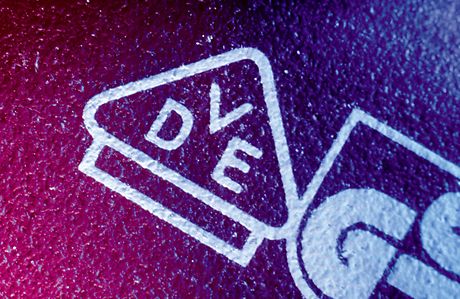Environmental simulation and IP protection classes

The environmental simulation includes many different test methods for analyzing the interaction between a product and its environment. Generally speaking, environmental simulation tests are performed as part of the product safety inspection on components, devices and machines. The appropriate standards decide the characteristics that the product must have. The tests can also be conducted along with development. Special tests for determining certain product characteristics are also possible.
When determining the protection rating and IK and IP protection classes, it is mainly about determining the place of use. Depending on the product type and purpose, a certain protection rating (IP and/or IK) must be met, primarily for electrical equipment and systems used in industry. In our test laboratory, we can perform any tests that are required to obtain the IP or IK protection class. Water exposure can range from a light rain shower to complete submersion. In a pressure chamber at the VDE Institute, a submersion depth of up to 50 meters can be simulated with the resulting increased pressure of up to 5 bar. Dust ingress is tested in a special dust chamber. Naturally, touch protection is also part of the test suite. Using test probes and an internationally standardized test finger, VDE experts test if live or insufficiently insulated parts can be touched. The risk of electric shock must be eliminated. Furthermore, we test the housing’s level of protection against hazardous mechanical stress. It is afterwards confirmed in the IK classification.
If, for instance, the device is fully protected from the ingress of water, dust or foreign substances, it receives the highest protection class and is suitable for the outdoors.














